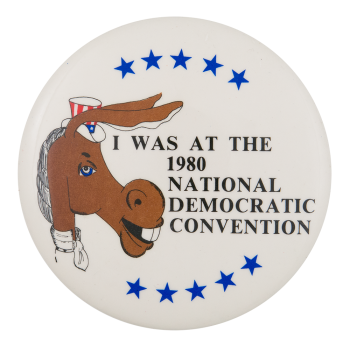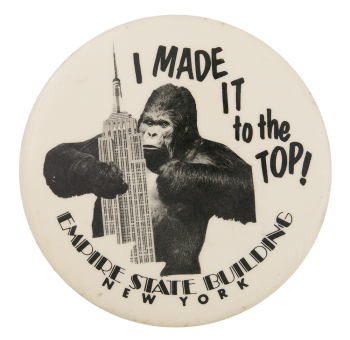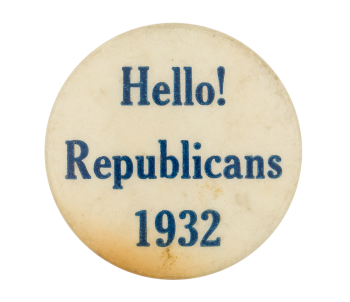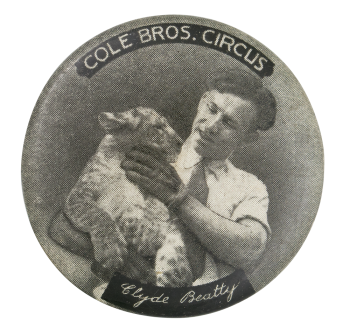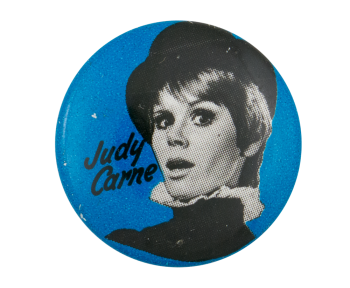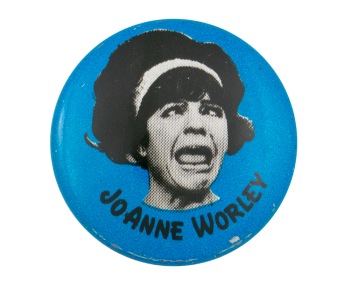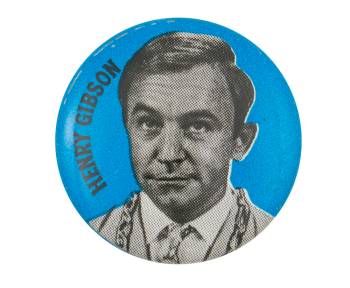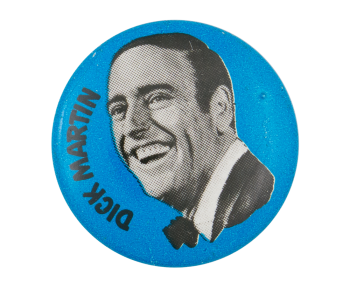I Was at the 1980 National Democratic Convention
| Category | |
|---|---|
| Additional Images | |
| Sub Categories | |
| Text on Button | I WAS AT THE 1980 NATIONAL DEMOCRATIC CONVENTION |
| Image Description | Blue stars on top and bottom, black text on white background and donkey illustration in the center. |
| Curl Text | MILLENNIUM GROUP 924 CHERRY ST. PHILA..PA 19107 |
| Back Style | |
| The Shape | |
| The Size | |
| Year / Decade Made | |
| The Manufacturer | |
| Additional Information | The 1980 National Convention of the United States Democratic Party was held from August 11 to August 14, 1980 at Madison Square Garden in New York City. Massachusetts senator Ted Kennedy challenged incumbent President Jimmy Carter during the Democratic primary elections and tried unsuccessfully to get Carter's delegates released from their voting obligations at the convention. President Carter and Vice President Walter Mondale accepted the party's nomination, but lost the general election on November 4, 1980 to Ronald Reagan and George H.W. Bush. |
| Catalog ID | EV0236 |

